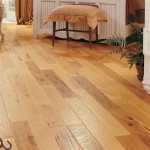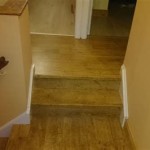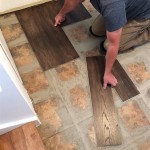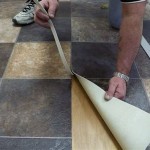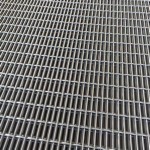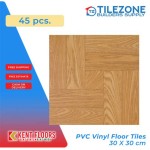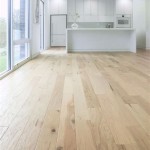Wood Flooring Over Hydronic Radiant Heat: Essential Considerations for a Warm and Beautiful Home
Combining the warmth and elegance of wood flooring with the efficiency of hydronic radiant heat is an ideal choice for homeowners seeking a luxurious and comfortable living space. However, it's crucial to understand the specific requirements and considerations when installing wood flooring over hydronic radiant heat to ensure optimal performance and longevity.
1. Wood Species Selection: The type of wood species you choose is paramount. Opt for species that are dimensionally stable and have low moisture absorption rates. Some suitable options include oak, maple, cherry, and walnut. Avoid moisture-prone species like fir or pine, as they may buckle or warp under the fluctuating temperatures.
2. Moisture Content Control: Maintaining proper moisture content in the wood flooring is essential. Before installation, ensure that the wood has been acclimated to the indoor climate for several days. During and after installation, monitor the moisture levels using a moisture meter to prevent moisture buildup or excessive drying.
3. Insulation and Underlayment: Proper insulation beneath the wood flooring is crucial to prevent heat loss and protect the plywood subfloor. Install a high-quality underlayment that provides both moisture and thermal insulation. A moisture barrier, such as a polyethylene vapor barrier, should also be incorporated to prevent moisture from reaching the wood.
4. Nail or Glue Installation: There are two primary methods for installing wood flooring over hydronic radiant heat: nailing or gluing. Nailing provides a secure mechanical bond, while gluing can reduce any movement or creaking of the floor. Consult with a qualified flooring professional to determine the best installation method for your specific situation.
5. Temperature Control: The hydronic radiant heat system must be carefully regulated to avoid excessive temperature fluctuations that can damage the wood flooring. Gradual temperature changes and maintaining a consistent temperature within the recommended range (70-85°F) are essential.
6. Expansion Gaps: Expansion gaps around the perimeter of the room allow the wood flooring to expand and contract naturally with temperature changes. These gaps should be covered with baseboard moldings or other trim to enhance the aesthetic appeal and prevent moisture intrusion.
By adhering to these essential considerations, you can enjoy the warmth and beauty of wood flooring while reaping the benefits of hydronic radiant heat. Remember to consult with a qualified flooring professional for expert advice and assistance throughout the installation process.

Best Flooring Over Hydronic Radiant Heat Warmboard Inc

Maple Flooring Over Radiant Heat Fine Homebuilding

Radiant Heat Wood Quality Hardwoods Superior Design Palo Duro

How To Install Hardwood Floors Over Radiant Heat American Information Center

Hardwood Nailed Over Ecowarm Radiantboard

Best Flooring To Install Over A Radiant Heating System Today S Homeowner

Heating Wood Floors 101 Everything You Need To Know Floorings

What You Need To Know About Radiant Heating With Wood Floors Macdonald Hardwoods

Hydronic Radiant Floor Heating Fine Homebuilding
Hydronic Radiant Heat For Wood Framed Floors Jlc
Related Posts

